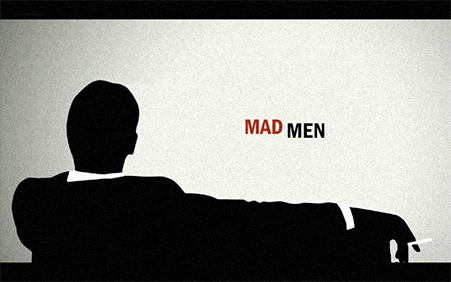STRUCTURED DISRUPTION |
 |
| JOHN CANACOTT CONSIDERS THE FUTURE PATH FOR AGENCIES |
We all know that marketing communications is in a state of constant change. An illustration of this is that rather than seeing a reduction in the number of available disciplines, we are actually witnessing the opposite; more disciplines, more specialists, not less. It is coupled with development from a period of asymmetrical competition to an assault on the communications’ territory by management consultants and others. So, in many ways, one could argue that the sector is both growing and changing at the same time.
The key challenge for many agencies is to address how client relationships can continue to thrive in a constantly changing environment, while ensuring the agency itself thrives long term. Indeed, long term may well be the crucial issue here. Most agency models have been around for a long time, and in many cases are outdated and no longer fit for purpose.
Some practitioners have spoken of the collapse of silos, the arrival of digital, the growth of big data and so on. Yet the response of agencies has frequently been to shoehorn these developments into existing agency structures and financial models and sometimes badge them as IMC. With major fixed overheads in many agencies, it is totally understandable that a long-term view needed to be taken with clients and in forward planning. That need not necessarily change, but other influencing factors will force change to agency structures and models as we know them.
To put it another way, starting with a blank sheet of paper, most existing agencies would probably do it differently. The contemporary agency needs to be agile, quick, creative and free to fail in an effort to ultimately succeed for its clients and itself. Influencer Tim Williams, whose agency Ignition works to make businesses more successful, says this is achievable and should be planned for as part of the existing agency structure. Williams describes this as a “new operating system for today’s marketplace”.
 |
NOSTALGIA’S NOT WHAT IT ONCE WASThe agency from the Mad Men days bears no resemblance to how adland shapes up today. As Tim Williams, author of Take a Stand for Your Brand, says today’s agency must be agile, quick, creative and free to fail in a bid to ultimately succeed for its clients and itself. |
But why is this important? Well, the very nature of a fast changing market means that at very least an agency needs to be able to morph into the best shape quickly and credibly to deliver a result for the client. But the experimental part is what is most interesting. It means our concept of what constitutes creativity is changing, or needs to change. Creativity can now just as easily be about data or modelling as visual creativity. In fact, the hottest demand in some markets is for data scientists, the term is disputed but the skill-set relevance is certain.
The concept of agencies being rewarded on behaviours (or, as some people put it, outputs) is changing. The arrival of more measurable activities means that outcomes are what clients will increasingly want to pay for (at least in some sectors) and what the best agencies will also want to get rewarded. It makes us nervous but it is not a new debate. DDB and others were reviewed on this in academic papers almost 30 years ago. The reality is that a hybrid is likely to be the result. In my view, it is logical that if an IMC agency is fulfilling its entire remit it should consider outcome remuneration, subject to certain caveats.
The agency role for example could be to research, plan, create and provide an approach that is designed to deliver highly attributed performance and sales and get paid for it at various measurement points along the journey. It is partly what we do anyway, it drives shared objectives and oddly enough can protect agency/client relationships through a requirement for most activities to be delivered or at least managed by one agency.
In this way the risk can be mitigated as the “experiments” are actually creatively driven proof of concept trials that then allow for more output related measures in a roll out scenario. It could be argued that the risk for agencies in doing this is – to use Clayton Christensen’s phrase – “credibility of their extendable core”, is how credible are they in the creating and delivering of services. That’s part of the reason why it is suggested that established agencies have both systems – the existing one and a new one. It also mitigates against the fact that organisational mortality risk rises dramatically if change is too great and too quick.
In the December issue of the Harvard Business Review,ChristensenandMax Wesselshared new ideas about surviving disruption. They propose a systematic way to chart the path and pace of disruption to help fashion a full strategic response. The key is developing a deep understanding of the ‘jobs’ that customers want to get done and what jobs disrupters could do better based on their extendable core.
Strange as it may seem, an IMC structure is a powerful form of disruption in itself.
JOHN CANACOTT IS MANAGING DIRECTOR OF PUBLICIS D. HE HOLDS AN MBA FROM DURHAM UNIVERSITY BUSINESS SCHOOL WHERE HE IS COMPLETING A DOCTORATE IN IMC STRUCTURAL INTEGRATION AND IS A MEMBER OF THE ADJUNCT FACULTY JOHN.CANACOTT@PUBLICISD.IE









